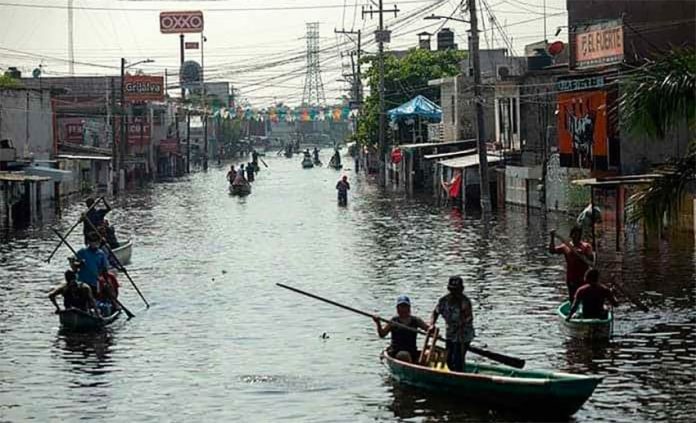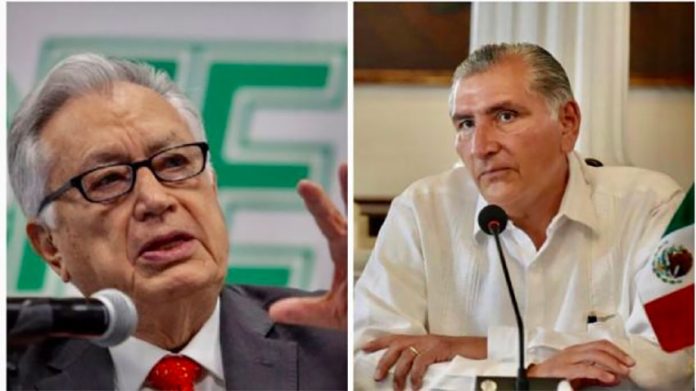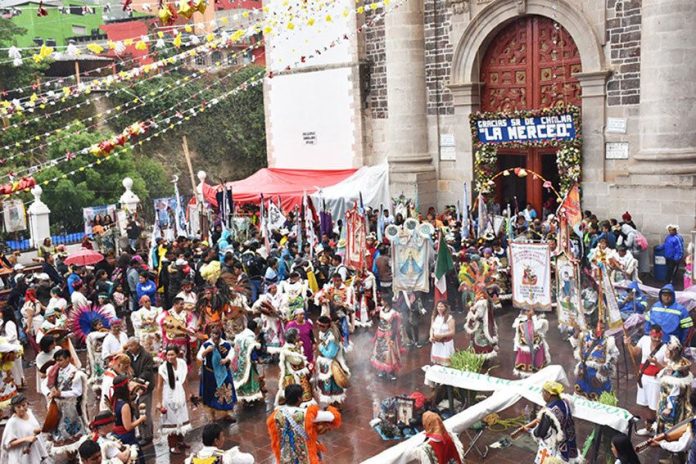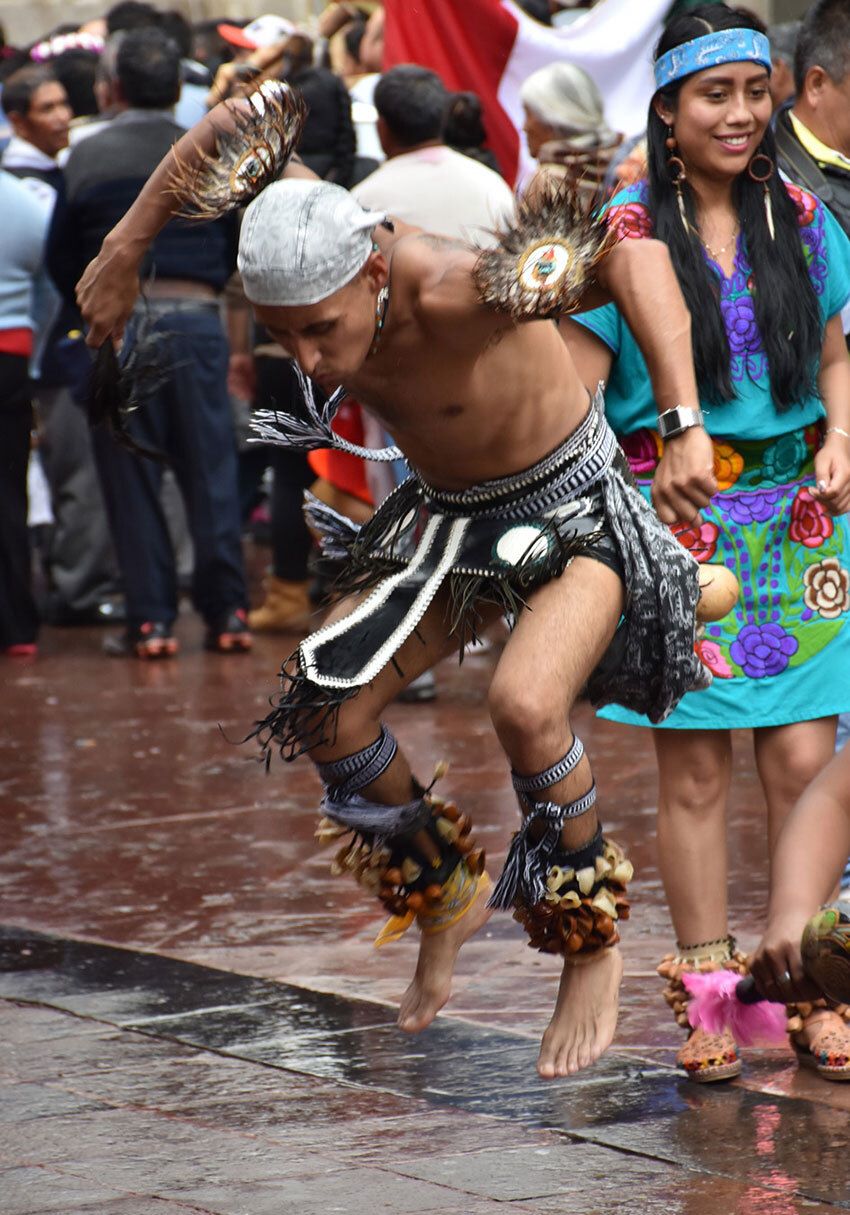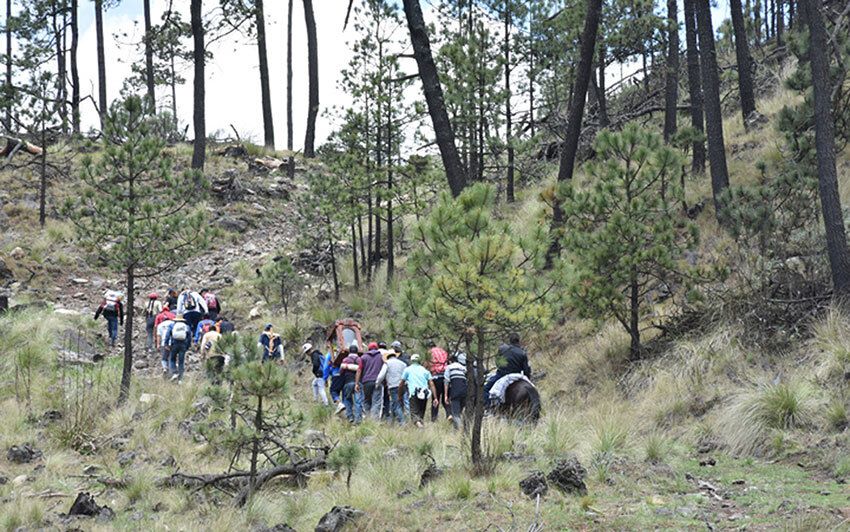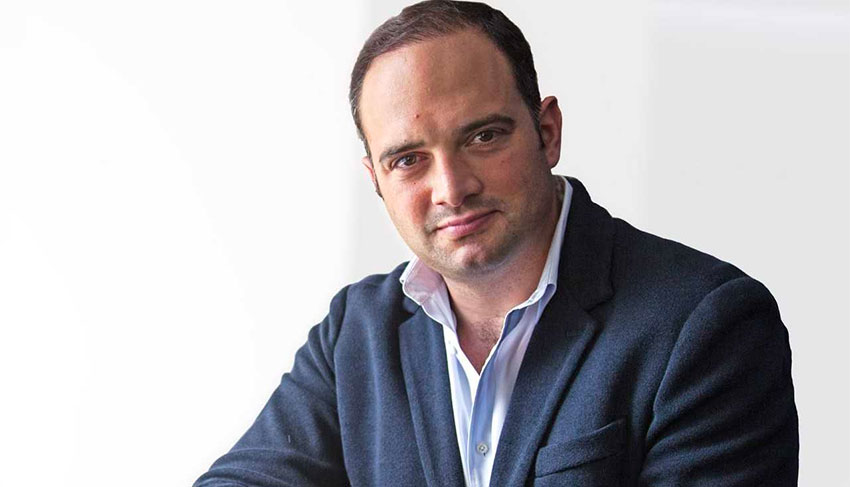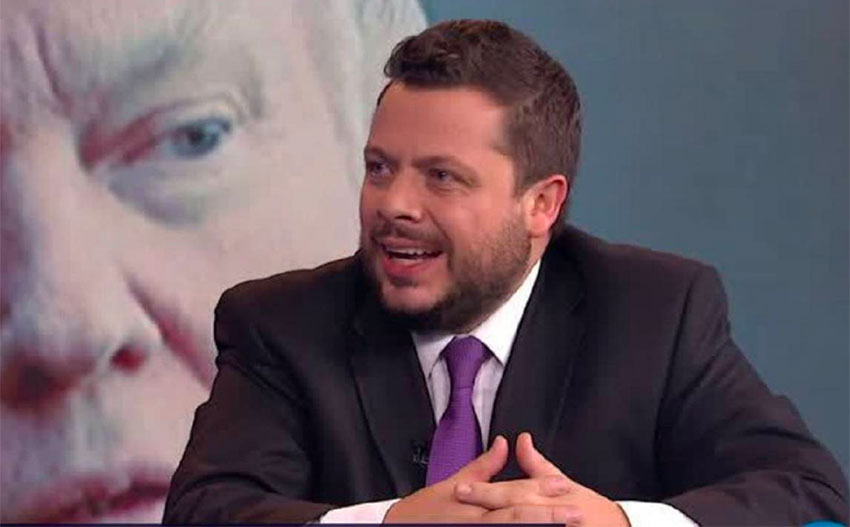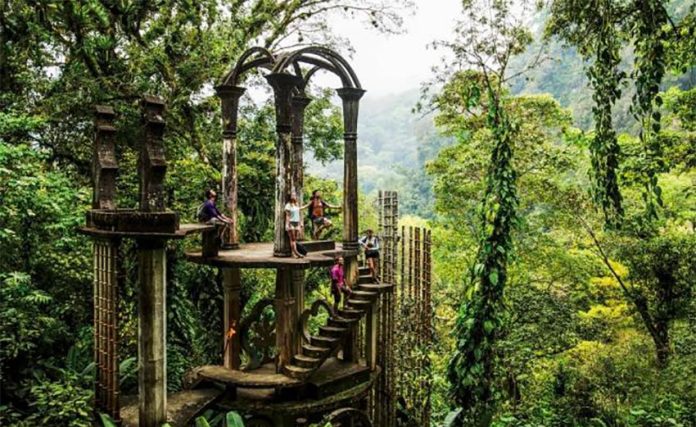Some Tabasco residents are still waiting for help days after floodwaters inundated their communities and homes.
One town that appears to have been forgotten by both federal and state authorities is Tepetitán, the birthplace of President López Obrador.
Homes in the town, located about 80 kilometers southeast of Villahermosa in the municipality of Macuspana, have been flooded for more than a week but neither state or federal authorities have arrived to help.
With their pens rendered inhabitable by floodwaters, pigs, turkeys and chickens have moved into the flooded homes of some residents, taking up residence on tabletops and rooftops.
“The government hasn’t helped us but we’re here,” one local man told the newspaper Reforma.
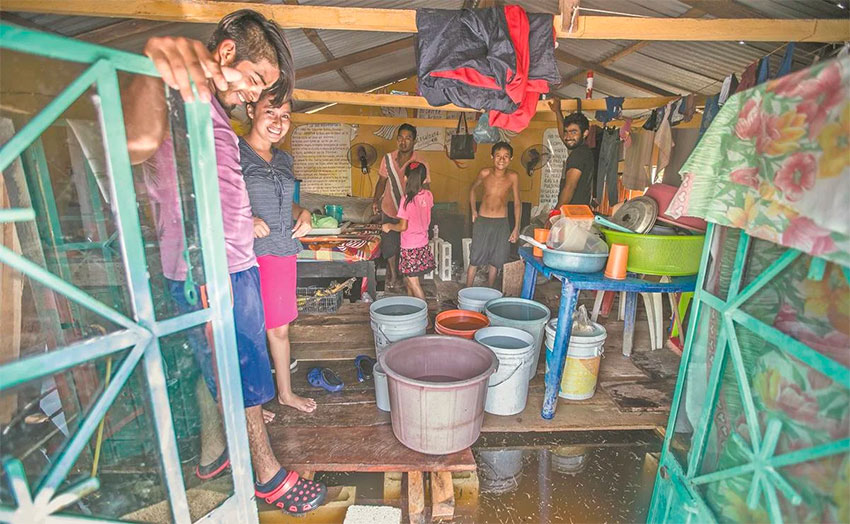
“There are a lot of people in Tepetitán who didn’t leave. … We need provisions, food and ointment for our feet. … All our documents got wet. … Of course, the people who have nothing to lose left but we have pigs and turkeys to look after,” he said.
Many residents – mainly men because most women and children have evacuated to shelters in nearby towns and the state capital – have sores on their feet because they’ve been immersed in water for days on end.
Another Tepetitán resident, identified only as Don Francisco, issued a call for help to authorities.
“We’ve been here since the flooding started and we need support; we need the authorities to support us with something, with provisions. Our homes are full of water,” he said.
“Up until now nothing has reached us, we’re waiting for medications and all that. We no longer have money to buy food.”
Reforma confirmed that López Obrador’s boyhood home was among those flooded. The newspaper said that some residents believe that the president isn’t aware of the situation his home town is facing and for that reason help hasn’t arrived.
But others say that it’s not possible that López Obrador doesn’t know what’s happening in Tepetitán.
“I believe that he does know because they’re televising all of this,” said Mariana Alamilla, one of the few women remaining in the town.
Some residents told Reforma that the authorities have concentrated their flood relief efforts in Villahermosa and Macuspana, the municipal seat, and forgotten about outlying towns and villages.
“They’ve abandoned the communities. They haven’t even come to supervise or to see all this disaster, [they’ve done] nothing,” said one young man.
All of the Tepetitán residents who spoke to Reforma said the flooding is the worst they have ever experienced. They all blamed the flooding on the excessive release of water from dams that have been inundated by recent heavy rains brought by cold fronts and Tropical Storm Eta.
Another flooded community where residents continue to wait for help is the second section of Ranchería Cantemoc, located in the municipality of Nacajuca.
According to a report by the newspaper El Universal, the community’s Chontal Mayan residents don’t know how they are going to survive the coming days – their homes are flooded, many of their animals have drowned and they have nowhere to buy food because local shops are closed or out of stock.
No one from the National Guard, the army, the navy, the state police or Civil Protection services has arrived with provisions or to offer a helping hand to the affected residents.
One resident joked that the authorities will eventually arrive because they won’t want to miss out on the opportunity to show that they care in the lead-up to elections next year. (Mexico’s ruling party Morena is also in power in Tabasco.)
“They won’t take long to arrive now, they’ll come for their votes,” said Asunción de la O Rodríguez.
“[But] now while the water is still rising we don’t have any support; they haven’t told us if they’re going to deliver provisions, we’re practically alone – it’s just us fighting to rescue the little we have,” she said.
Ranchería Cantemoc residents told El Universal that they used to be able to go to an elevated parcel of land in the town when floods occurred but explained that it has been purchased by the state oil company Pemex and they aren’t allowed to enter.

Instead, they adapted a small church as a shelter, and it is currently providing a refuge from the floodwaters for four families.
One man taking shelter in the church with his family is Moisés de la Cruz de la O, who said that his home was left practically uninhabitable and that he was unable to save any of his furniture.
“Since the rain started it’s been difficult. We don’t have work, the water’s rising every day and we’re getting tired,” he said.
“The president [López Obrador] said that they already cut off [the release of] water [from the dam] but it’s still rising,” de la Cruz added.
According to Tabasco Governor Adán Augusto López Hernández, Nacajuca is one of three municipalities where flooding was caused by the excessive release of water from the Peñitas dam, located in a Chiapas municipality that borders the Gulf coast state.
De la Cruz said that he and his family are not only worried about losing their home but also about the risk of being bitten by insects and snakes lurking in the floodwaters. In addition, food supplies and drinking water are running short.
“The resources are already running out. … The tap water that reaches us is very little, it’s not for consumption, it’s just to bathe and wash dishes,” de la Cruz said.
All told more than 90,000 Tabasco residents and tens of thousands of homes have been affected by flooding caused by recent heavy rains and/or the release of water from dams.
At least six people have drowned in Tabasco in recent days, while the heavy rains claimed the lives of more than 20 people in neighboring Chiapas, some of whom were killed in landslides.
Source: El Universal (sp), Reforma (sp)
